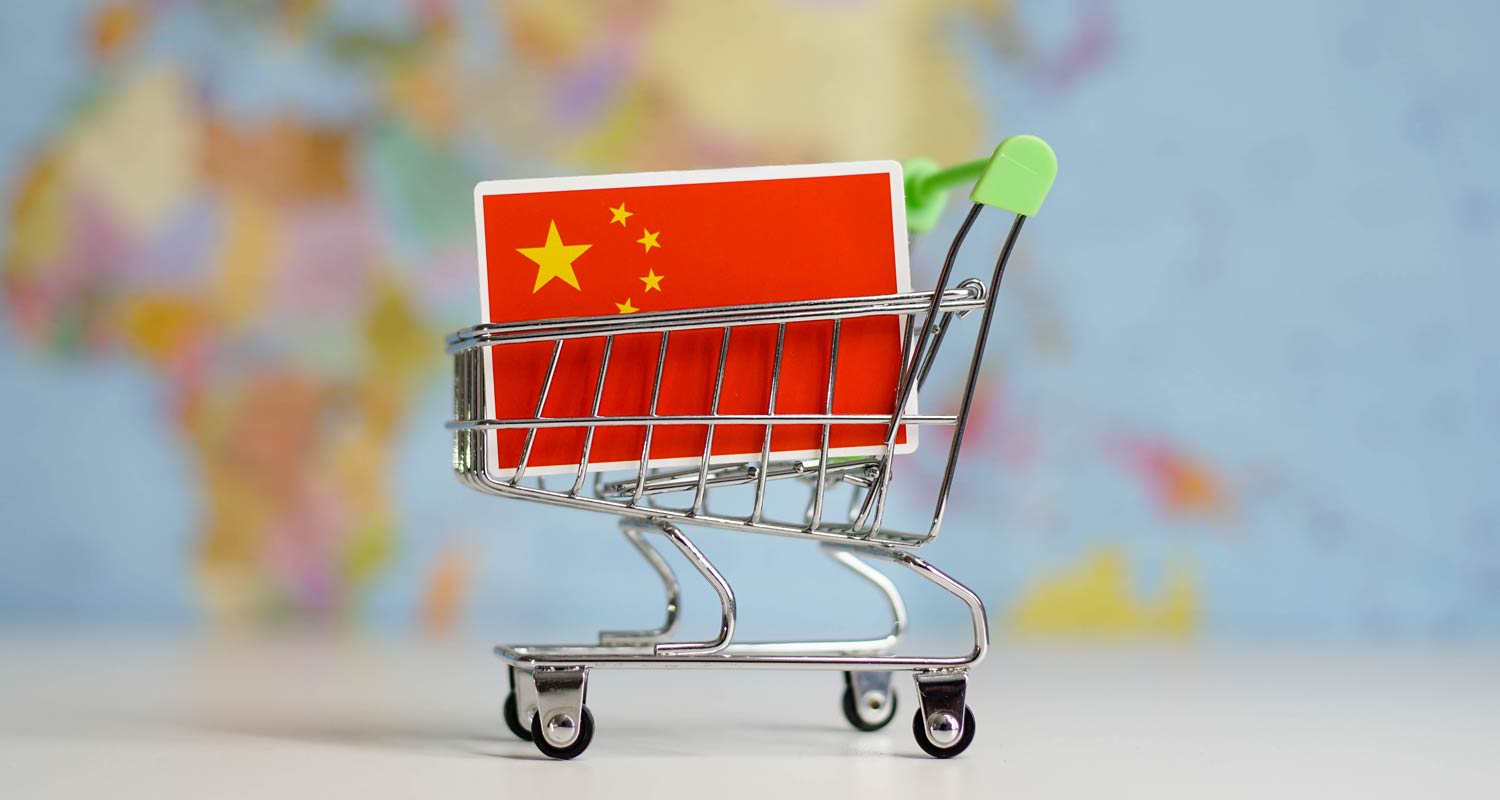Try our mobile app

For more than 20 years, Chinese entrepreneur Sandy Zeng built a pet products business selling feeding bowls and toys to American homes. He’s now looking hard at cats and dogs in other markets. “The increase in our Asian market this year will be large — the economy is vibrant, and we just have to make some adjustments to our product designs,” Zeng, the co-founder of Guangdong Super Technology, said at his company’s stand at the Canton Fair in Guangzhou, the world’s largest trade expo that was held under the overhang of sweeping US tariffs on Chinese goods. Zeng is among Chinese exporters who have seen their US orders put on hold following the latest trade war between the world’s two biggest economies. As the fair wrapped up earlier this week, there were signs exporters are getting ready to add more non-US clients, even though China and the US are preparing for talks to de-escalate the tariff standoff. Data released by the organisers showed a 24% increase in number of prospective buyers from the Bric bloc While Trump has claimed that tariffs on China will ultimately be much lower than the 145% level he racked up in April, factory managers and sales executives have little faith in a deal that doesn’t bring major disruptions. Interviews with more than 20 Chinese manufacturers revealed unanimous support for China playing hardball with US President Donald Trump on trade. And executives are bracing for the worst: a world with drastically fewer US buyers. “In the past, more than 80% of my exports were to the American market, but in recent years, that proportion has already changed,” said Albert Zhai, whose firm Liaoning Aroma International Trade has been shipping Halloween goods to the US for 20 years. “In future, I will mainly go to Europe or South America,” he said, as an Angel of Death mannequin screeched nearby. But finding newer markets will be easier said than done, as many countries will seek to protect their economies from a flood of cheap Chinese goods diverted from the US. Contraction The trade war is already starting to hurt China’s economy, with factory activity in April posting its worst contraction since 2023, and new export orders plumbing the weakest level since 2022. US buyers were thin on the ground in Guangzhou, but the Canton Fair was buzzing and Chinese companies reported a surge in visitors from the Middle East and Africa. Data released by the organisers showed a 24% increase in number of prospective buyers from the Bric bloc of nations including Russia and India, and 17% growth from nations that are part of Beijing’s flagship Belt and Road Initiative. Buyers from the Europe and US combined rose only 3% — even as overall visitor numbers were up 17%. Read: China’s Leapmotor is launching in South Africa Many exporters of consumer or household goods said they favour nearby destinations such as the Middle East and Southeast Asia, with industrialising economies and a growing middle class. “Our business is expected to grow better in the Middle East, where people are richer and have high spending power,” said Kim Chong Chim, MD of Stechcol Ceramic Crafts Development, which makes intricately designed ceramics. “We are also working hard to do domestic sales.” Southeast Asia has already become China’s largest export market in recent years. Many countries there have seen double-digit increases for online retailing, providing large space for cross-border e-commerce by Chinese exporters, according to Guochen Du, director of the E-Commerce Research Institute under the ministry of commerce. Yuan Li, deputy GM of Guangdong Songfa Ceramics, said their US sales gap will likely be filled by Europe and some emerging markets. Currency moves may also help exporters exploring other markets. The yuan held its level against the greenback during the global dollar selloff, and the yuan last month fell to its weakest since 2020 against a basket of trading partners. The yuan last month fell to its weakest since 2020 against a basket of trading partners However, many firms that were hoping to build or expand their manufacturing clout outside China have put those plans on hold for now, given the high level of uncertainty. “A few years ago, we bought land in Cambodia and started construction,” said Roe Yuan, export manager of Zhuguang Group, which sells Christmas lighting to South America and Europe. “But due to tariff issues and constantly changing policies, we have decided not to proceed and we just rent out the buildings.” Given the volatile ties with the US, the company decided to give up on doing business with the Americans. “Even if we get inquiries from US buyers now, we generally don’t want to take them,” she said. — (c) 2025 Bloomberg LP Get breaking news from TechCentral on WhatsApp. Sign up here . Don’t miss: Trump’s movie tariffs: is Cape Town’s Hollywood hangout threatened?